Bass Players To Know: Rick Danko
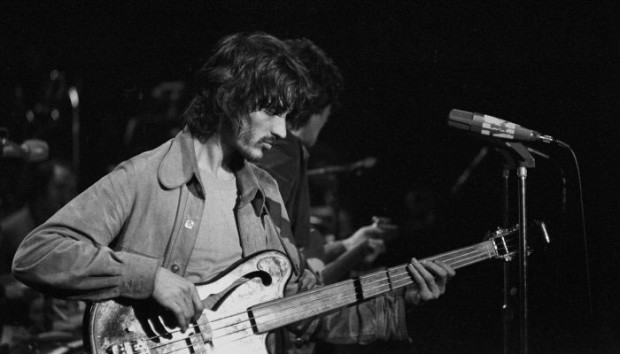
As a solo artist, folk legend accompanist, and low-end driver of The Band, Rick Danko made an indelible mark on roots, blues, and rock music. Born in Ontario, Canada, Danko began playing at an early age and was inspired by country, rhythm and blues, and gospel. As a teenager, he left school to pursue music and quickly joined Ronnie Hawkins’ band, The Hawks, as a rhythm guitarist. Danko made the transition to electric and upright bass and, playing beside other Band-to-be players Levon Helm and Robbie Robertson, toured throughout the early 1960’s.
In 1964, members of the Hawks left Ronnie Hawkins; a few years and a couple of different names later, Bob Dylan contacted the group about going on the road. The players joined Dylan as his backing band and by 1968, gained notoriety under their new name “The Band.”
The Band released Music From Big Pink, named after the house in Woodstock that they inhabited after touring with Dylan, and followed it with their second album, The Band. Both records featured Danko as a vocalist, taking lead on a handful of songs and adding harmony parts.
After roughly a decade of writing and touring, members of The Band decided to move on to other projects and produced a famous farewell concert and video, The Last Waltz in 1977.
After leaving The Band, Danko continued to tour, write, and release music with many different artists. In addition to his solo records, he collaborated with Eric Andersen and Jonas Fjeld, played in various incarnations of The Band, and joined Ringo Starr’s All-Starr Band. Danko passed away in December, 1999, just before his 56th birthday.
Let’s Talk Style
Living up to the musical standard set by the name “The Band” wasn’t easy… it implied there’s a group of people who knew how to play really good music together. Rick Danko, as a writer, vocalist and bass player truly defined the sound of the band. First and foremost, Danko is an accompanist, providing structure to the song, taking a less-is-more approach to ballads, and knowing how to let the sum be greater than the parts.
Alongside Levon Helm, Danko fostered a deep understanding of rhythmic interplay. As a rhythm section, they intuitively supported one another by providing space for fills, accentuating pushed downbeats, and dynamically opening up the song together (example: Danko playing longer notes, Helm switching from hi-hat to ride). You’d be hard pressed to find stronger quarter notes than those driving songs like “The Shape I’m In,” where the energy of both players hitting together creates a simple, yet effective basis for the song.
Danko also had a keen ear for picking up on melodic elements of the song, whether it was tagging along to the vocal melody or taking to a lead line played by the keys, guitar or horns. He jumped back and forth between playing a bass groove and syncing with other instruments, thereby demonstrating his knowledge of the song’s arrangement and the individual parts.
From a harmony standpoint, Danko often took advantage of playing chord inversions to aid in voice leading or to add complexity to a stand-alone chord. Take a listen to chorus of “The Night They Drove Old Dixie Down” or “The Weight” and you’ll hear how he used the 5th or 3rd instead of the root to add color. Another interesting “Dankoism” is the intentional use of the half-step to lead into chords. He used this technique in “Up On Cripple Creek” by emphasizing the major 7th sliding into the root to create a swampy, elongated downbeat.
Where Can I Hear Him?
“Life Is A Carnival” (The Band: Live At The Academy Of Music 1971)
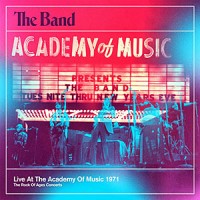 One of the funkier numbers by The Band, Danko settles into a pentatonic-based groove that playfully converses with Levon Helm’s kick drum pattern… they go back and forth between simultaneous hits and intentionally leaving space for one another. The groove weaves in between the complex horn lines, at times providing some low-note stabs, and continuously emphasizes beat 4 throughout the song. During the choruses, Danko plays heavily pronounced quarter notes, creating a simple contrast to the groove of the verse. All in all, this tune is a perfect example of Danko’s understanding of interplay and arrangement.
One of the funkier numbers by The Band, Danko settles into a pentatonic-based groove that playfully converses with Levon Helm’s kick drum pattern… they go back and forth between simultaneous hits and intentionally leaving space for one another. The groove weaves in between the complex horn lines, at times providing some low-note stabs, and continuously emphasizes beat 4 throughout the song. During the choruses, Danko plays heavily pronounced quarter notes, creating a simple contrast to the groove of the verse. All in all, this tune is a perfect example of Danko’s understanding of interplay and arrangement.
Listen: iTunes | Amazon MP3
“Blue River” (Danko, Fjeld, Andersen: One More Shot)
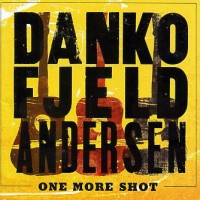 Led by Danko’s soulful and heartfelt vocals, this song features an eloquent and gentle bass part that emphasizes the voices leading from chord to chord. Rather than playing a particular groove, he sticks to an easy, half-note feel that settles in over the drums. He adds rhythmic embellishment by punctuating the more dynamic moments of the song and by mimicking the rhythm of the melody during the chorus. His use of chord inversions creates tension in the ears of the listener, hoping to bring about resolution in both the chord progression and the melody line.
Led by Danko’s soulful and heartfelt vocals, this song features an eloquent and gentle bass part that emphasizes the voices leading from chord to chord. Rather than playing a particular groove, he sticks to an easy, half-note feel that settles in over the drums. He adds rhythmic embellishment by punctuating the more dynamic moments of the song and by mimicking the rhythm of the melody during the chorus. His use of chord inversions creates tension in the ears of the listener, hoping to bring about resolution in both the chord progression and the melody line.
Listen: iTunes | Amazon MP3
“Knockin’ On Heaven’s Door” (Bob Dylan and The Band: Before the Flood)
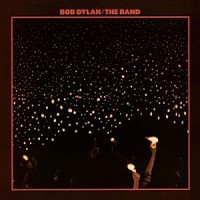 Danko takes a slightly busier approach to this song with punctuating staccato lines leading from chord to chord. He further explores the range of the instrument by sliding to the higher octaves and then returning with descending pentatonic lines. During the choruses, he simplifies the part so as to not conflict with the vocal harmonies and fills the gap between phrases with the help of Levon Helm.
Danko takes a slightly busier approach to this song with punctuating staccato lines leading from chord to chord. He further explores the range of the instrument by sliding to the higher octaves and then returning with descending pentatonic lines. During the choruses, he simplifies the part so as to not conflict with the vocal harmonies and fills the gap between phrases with the help of Levon Helm.
Listen: iTunes | Amazon MP3
How about you? What’s your favorite tune or album with Rick Danko? Please share with us in the comments.
Ryan Madora is a professional bass player, author, and educator living in Nashville, TN. In addition to touring and session work, she teaches private lessons and masterclasses to students of all levels. Visit her website to learn more!

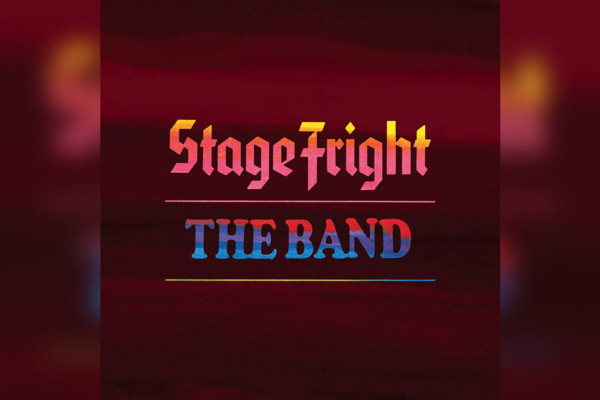
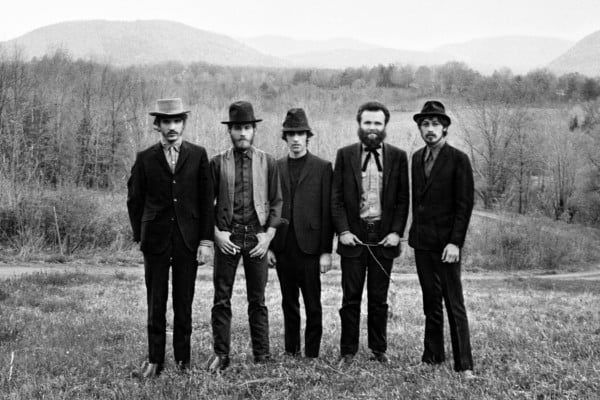
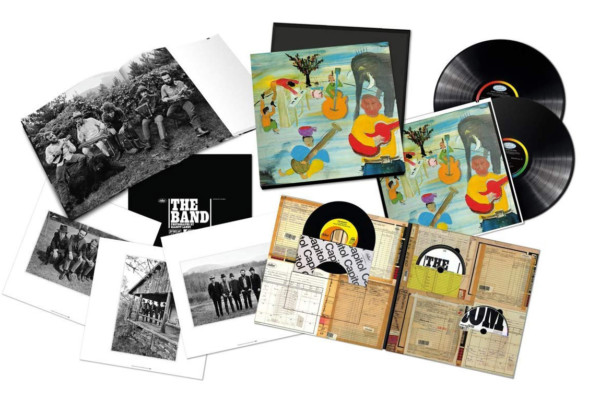
Rick Danko was born in Blayney, Ontario for those of you who don’t know that Ontario is a province, not a town or city.
The ‘simcoe sound’ as the great producer Daniel Lanois dubbed it is pure Rick Danko and still exists in Norfolk county, as it had existed before Rick. It was taught to him by the talented musicians who came before him from the area. That sound is essentially what we refer to as Americana now. Danko is a legend, but there are others around here who come from the same school so to speak, including his own brother Terry and the Atkinson family.
Chest Fever and Tears of Rage from Music from Big Pink.It makes no difference from The last waltz.
I always thought Rick Danko was one of the coolest looking bass players.Great stage presence.
Check out “Kingdom Come”, one of my favorite Band songs. He wasn’t just a great bassist he was a great singer as well.
christmas must be tonight
New Mexicofrom his solo album always struck with me
Paul Schoninger
Lexington, KY
Thank you Marco I always thought we did more learning than teaching however, Rick played me a couple of licks he learned from my Dad, Stan Atkinson, that made me feel good, I thought Rick showed his skills as a special player on, We can talk about it now, They were young and filled with energy, on top of their game, they were seasoned musicians at that young age
Danilo & Levon on Revolution Blues. There is no substitute for playing together for years on the road. https://m.youtube.com/watch?v=2yK504X_wvs